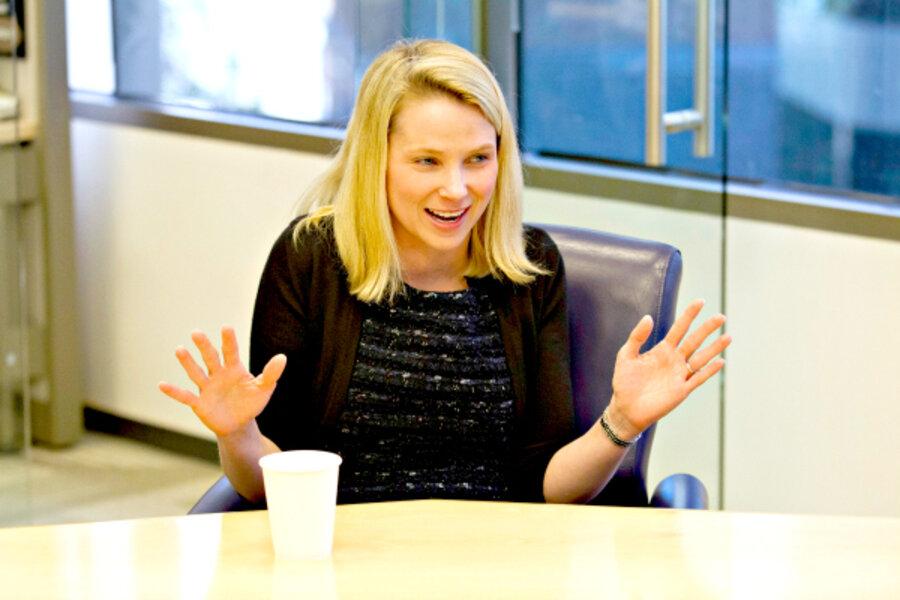Empowering employees
Loading...
With June in full bloom, many workers are eyeing summer getaways with anticipation – but all too often also with dread.
Will taking time off make me appear less committed to work? Will I fall behind or be criticized?
Burdened by fears of losing their jobs, today’s American workers aren’t very happy. Only 30 percent feel “engaged” with the work they do, says a recent Gallup survey. Only 25 percent connect with their company’s mission. And only 36 percent feel an overall positive energy at work.
What’s lacking? Employees want to feel valued for their contributions, they want the ability to focus deeply on their most important tasks without distraction, and they want to feel connected to some higher purpose in their work, according to a survey by The Energy Project, a consulting firm.
They also want more control over when and where they do their work.
A management style called the Results-Only Work Environment (ROWE) poses one innovative solution to the problem of worker dissatisfaction – and its resulting loss of productivity. ROWE takes flextime to its ultimate conclusion by granting full autonomy to workers to set their own hours. Even meetings are optional; employees decide whether attending would help them succeed.
The other side of the coin? Each worker has clearly defined productivity goals to meet. The expectation of results doesn’t change, but the way to achieve them shifts from management to each worker.
Many managers assume that ROWE would cause chaos in the workplace and disaster for the bottom line. But studies of workers at Best Buy, the consumer electronics chain that tried ROWE in the mid-2000s, point toward the opposite. Employees slept better, took better care of their health, exercised more, and – in a benefit to employers – were less likely to quit, saving companies significant amounts of the money and time needed to recruit and train their replacements.
When managers say “I trust you,” most workers respond with “I won’t let you down.” CultureRx, a consulting firm that coined the term ROWE, claims Best Buy saved $2.2 million in a three-year period as employee turnover rates dropped 90 percent and productivity rose by an average of 41 percent.
But Best Buy, which took a tumble in the 2008 recession and brought in new management, ended its ROWE experiment anyway (though reports indicate the new ethos remains quietly embedded in the corporate culture there). And in a widely publicized move last year, chief executive officer Marissa Mayer halted a flexible work-at-home policy at Yahoo.
Clearly, some corporate cultures still value chair-warming, visible long hours in the office, and being “available” in person.
But long-term trend lines seem to be running the opposite way. In 2013, some 63 percent of employers permitted work from home, compared with just 34 percent in 2005, according to a national study of employers done by the Society for Human Resource Management and the Families and Work Institute. Cellphones and collaboration software (remote desktops, video conferencing, etc.) make being glued to a desk and waiting to answer a land-line phone seem like something out of an episode of “Mad Men.”
As the economy improves, unemployment rates drop, and leverage shifts back toward workers, innovation in the workplace may get a fresh look. Companies are coming to realize that calculating hours spent at a desk or work station is a poor metric for measuring an employee’s effectiveness.
A full-out ROWE-type strategy may not be feasible for every employer. But employers could take interim steps, such as making a results-only options available to outstanding employees or those in certain positions.
The goal for employees is to find work that not only pays the bills but is satisfying and meaningful. The bottom line for employers is to find ways to engage workers in a way that makes them fully invested in helping the enterprise succeed.
New ways of thinking about work in the 21st century, such as results-only plans, could provide win-win solutions for both workers and employers.







